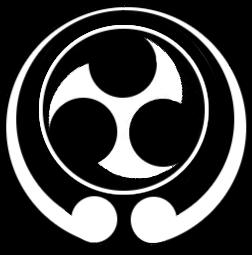
![]()
![]()
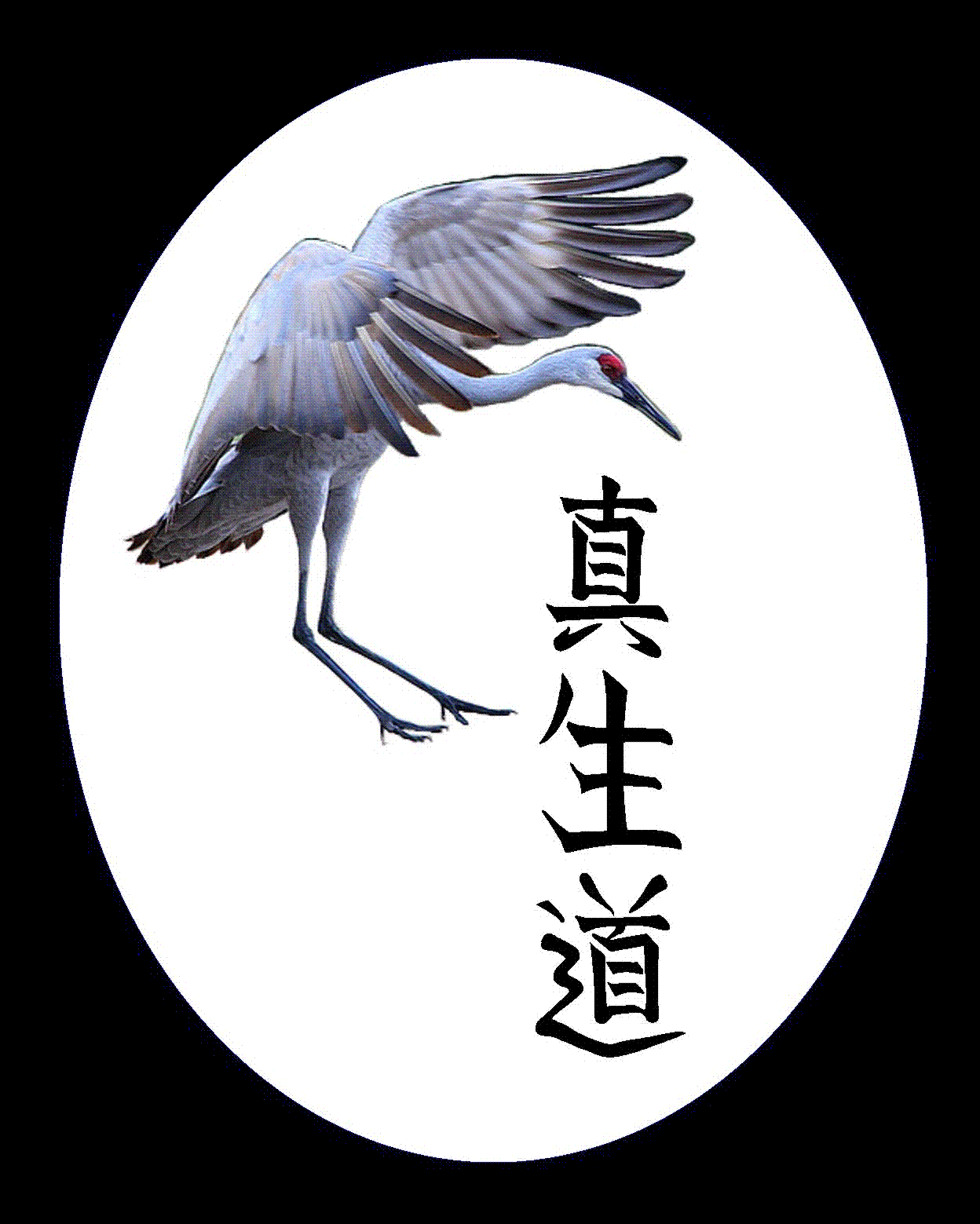
Headingley Karate
|
|
|
Attacking the Brachioradialis
Anatomy
The main body of the brachioradialis muscle lies at the upper (proximal) end of the forearm, overlying the radius bone. It joins the lower (distal) end of the humerus and the lower (distal) end of the radius. Like the biceps and brachialis it flexes the elbow (bends the arm) although it is not as large or powerful as either of these two muscles. It also plays a minor role in both supination and pronation (the two different ways of rotating) the forearm. The radial nerve passes deep to (ie. underneath) the brachioradialis muscle. If you hold your forearm so that the thumb is uppermost this muscle is also uppermost just below (distal to) the elbow crease.
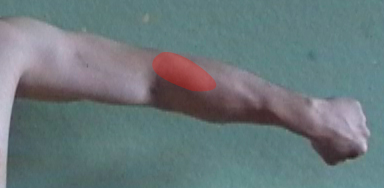
In the picture above only the central area of the muscle is shown.
Areas to attack
The best places to attack the brachioradialis are on its inner (anterior) or outer (posterior) borders. Martial artists often refer to specific acupuncture points in this area using Chinese medical terminology as follows:
- Lung 5 (L5*) - on the inner (anterior) border of the muscle. It should be noted that this is not the real Lung 5 point (which lies in the elbow crease), hence I prefer to label it as L5* to differentiate it from the real L5.
- Large Intestine 10 (LI10) – on the outer (posterior) border of the muscle, approximately at the junction of the muscle and its tendon.
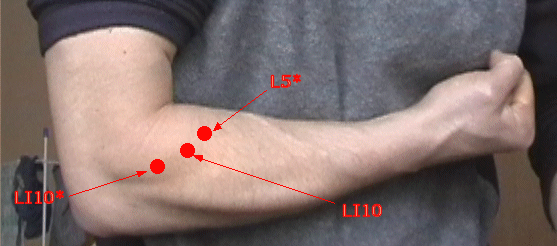
The above picture also shows a further point (LI10*) sometimes wrongly described as LI0 by martial artists. This point is still on the (posterior) border of the brachioradialis but is a little closer to the elbow (proximal) than the real LI10. What this demonstrates is that the important feature of attacking this muscle is to impact on its border, rather than a specific point along that border.
Clearly L5* and LI10 are close to each other. The difference in attacking them depends on which underlying tissues are affected by the attack, so the angle of attack is as important as where you strike.
The incorrect naming of the points L5* and LI10* demonstrates well that martially useful vital points and acupuncture points (tsubo in Japanese) are not necessarily one and the same.
Effects of attacking the Brachioradialis
Pressure on the inner (anterior) border of the muscle stimulates the radial nerve. The nervous system wrongly interprets this as meaning that the elbow joint is under excessive load and may be damaged. To prevent such damage a reflexive response occurs. Depending on the amount of force used this reflex will involve:
- Bending of the elbow joint
- Bending of the knees
- Lowering of the shoulder and head
- Turning the head away towards the other side of the body
- Weakening of the grip
The first four of the above responses combine to move the point attacked directly away from the stimulus. Depending on how the brachioradialis is attacked, the elbow may also move sideways, either away from the body (abduction) or towards it (adduction) and the forearm may rotate (either supination or pronation). The turning of the head, I believe, is an attempt to prevent any potential damage to the face.
A strong attack will bring the victim to their knees. Even stronger attacks can result in unconsciousness. It is my belief that this occurs because of a whiplash effect to the neck, which over-stimulates the reticular activating system in the brainstem.
Pressure on the outer (lateral) border of the muscle produces a similar effect, although there are some differences:
- The head does not turn and is likely to move straight forwards
- The elbow moves forward rather than sideways
Methods of Attack
To learn how to attack the brachioradialis you should begin by pressing the points with your fingertips or thumb. Securing the wrist with your other hand will provide a more stable base to work against. Techniques such as the ‘both hands at hip’ posture from kata or the ‘sun and moon’ posture used in some classical kata show how this could be used against a lapel/throat/hair grab. However, such techniques will only work on about 90% of people. The other 10% will not react strongly to such pressure, for reasons that are not well understood.
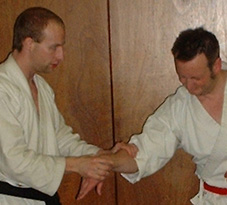
|
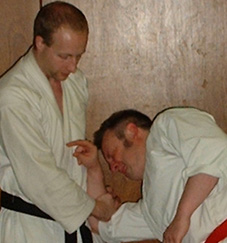
|
So for serious self-defence situations the muscle should be struck. There are two basic ways of doing this:
- Secure the wrist with one hand and strike the brachioradialis with the other.
- Assuming the attacker has grabbed you, thus creating a base for you to work against, strike with one or both arms to his upper forearm.
When striking the inner (anterior) border of the brachioradialis it is best to angle the blow as if cutting slightly back towards yourself, for maximum effect.
When attacking the outer (posterior) border of the muscle pressure should be directed perpendicular to the surface of the arm (to be more precise – perpendicular to the plane through which both the radius and ulna pass). I believe that it is at least as much the pressure on the extensor muscles of the forearm, rather than the brachioradialis itself, that creates an effect at this point (the common extensor origin arises from the elbow close to this point and consists of several tendons that react well to pressure).
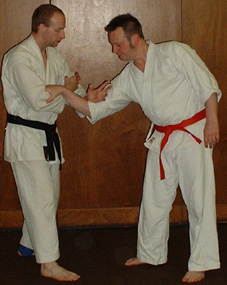
|
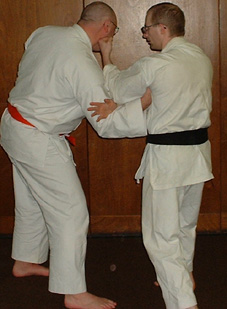
|
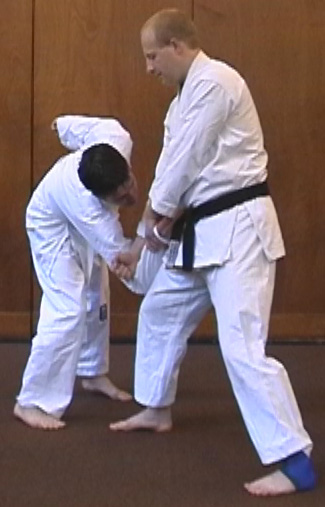
|
References
- Calais-Germain, Blandaine. 1993. Anatomy of Movement. Seattle: Eastland Press.
- Iazetti, Giovanni, Rigutti, Enrico. 2002. Atlas of Anatomy. Florence, Giunti Editorial Group.
- Tortora, Gerard J., Grabowski, Sandra Reynolds. 1996. Principles of Anatomy and Physiology. New York: Harper Collins College Publishers.
- Yang, Jiason (editor). 1982. The Way to Locate Acu-Points. Beijing: Foreign Language Press.